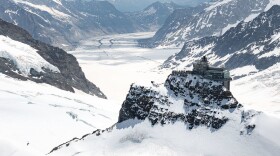On October 2nd, the Trump Administration announced the termination of 321 awards, claiming to achieve $7.5 billion in savings from clean energy projects. In reality, many of these awards were already past their end date and the money had already been spent. However, the cuts still amount to nearly $5 billion.
The current U.S. Department of Energy Secretary is a vocal opponent of clean energy technology. His background is in fracking, nuclear technology, and mining. He is a climate change skeptic, which has basically upended the mission of the DoE.
The federal opposition to clean energy is impacting programs on the state level. Empire Clean Cities, which promotes the advancement of alternative fuels and alternative-fuel vehicles in New York, was among the organizations that had its fund cut. Among its activities is the creation of an electrification plan for Hunts Point, a neighborhood in the Bronx that attracts a high volume of freight traffic partly due to its proximity to food centers.
New York State has lofty climate goals but is struggling to try to meet them. The state was the recipient of 20 of the awards that were cancelled by the federal government. New York remains committed to reducing emissions and continues to invest toward that goal. Governor Kathy Hochul recently allocated $1 billion towards clean energy projects and emission-reduction efforts and directed the New York Power Authority to build at least one new nuclear power plant by 2040. On the other hand, the federal Department of Energy is pushing for approvals for two new natural gas pipelines to pass through the state.







